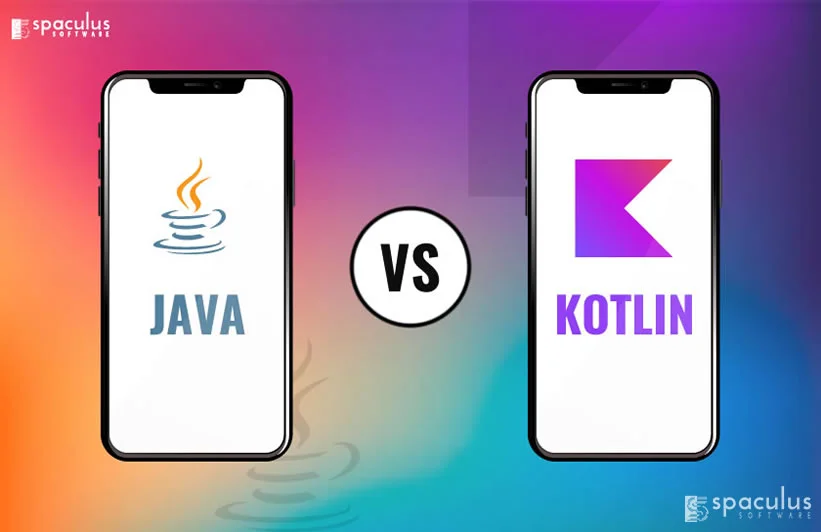
In recent years, Kotlin has risen to become a game-changer in Android app development. Officially declared the second programming language for Android by Google, Kotlin has gained immense popularity for its concise syntax, interoperability with Java, and developer-friendly features.
On the other hand, Java has been the cornerstone of Android development for decades, thanks to its robustness and widespread community support. Despite Kotlin’s growing adoption, Java still holds a strong position, especially for large-scale projects and legacy systems.
So, which one is the superior choice for Android app development? Let’s explore the features, pros, and cons of both to help you decide.
Kotlin is a modern, concise, general-purpose programming language developed by JetBrains. It runs on the Java Virtual Machine (JVM) and is designed to make Android development faster, easier, and more efficient.
Key Features of Kotlin:
With its developer-friendly features, Kotlin enhances productivity and minimizes common coding errors, making it an attractive choice for modern Android developers.
Java is one of the most widely used programming languages in the world. It has a long history, extensive libraries, and strong community support, which makes it an excellent choice for Android app development.
Why Java Is Still Popular:
With the release of Java 9, developers gained access to new features and improvements, keeping the language relevant and powerful.
While Java is well-established, Kotlin offers several key advantages that address some of Java’s limitations.
Kotlin’s syntax is much more concise compared to Java. Developers can write the same functionality in fewer lines of code, reducing the chance of bugs and increasing productivity.
Benefits:
In contrast, Java requires longer and more verbose code, which can slow down development.
One of Kotlin’s most powerful features is its interoperability with Java. Developers can use Kotlin and Java side by side in the same project without issues.
How it works:
This flexibility makes Kotlin a great choice for developers who want to experiment without fully committing to a new language.
NullPointerExceptions (NPE) are a common source of crashes in Android apps. Kotlin’s null safety feature eliminates this problem by ensuring that variables cannot hold a null value unless explicitly declared.
Why it matters:
In contrast, Java developers must write additional code to manage null values, increasing complexity and the risk of errors.
Kotlin is designed to be developer-friendly. For those familiar with Java, learning Kotlin is relatively easy because it feels like an extension of Java.
Reasons for the easy learning curve:
New developers can quickly get up to speed and start writing code in Kotlin with minimal training.
Kotlin is fully supported by Android Studio, the official integrated development environment (IDE) for Android. Developers can install the Kotlin plugin and easily convert existing Java code to Kotlin.
Android Studio Support Includes:
This built-in support makes it easier for developers to transition to Kotlin without sacrificing productivity.
While Kotlin offers numerous advantages, it’s not without its downsides.
Whether you should switch to Kotlin depends on your project requirements and experience.
When to Choose Kotlin:
When to Stick with Java:
Both Java and Kotlin have their strengths and weaknesses.
Ultimately, the decision comes down to your project goals, development timeline, and team expertise. Whichever language you choose, both will help you create powerful and scalable Android applications.
App Development